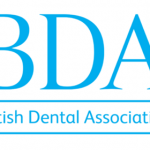
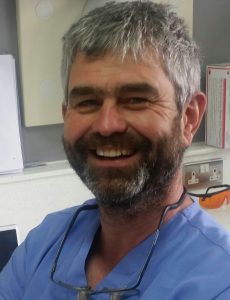
Dr Simon Harrison and Dr Will Hanks share their recent experience of selling a dental practice while safeguarding the interests of their team and patients…
We had thought about selling the practice for a few years. We both loved being dentists but we had grown less fond of the compliance aspects and the general running of the business. We agreed that we wanted to spend the final few years of our careers doing dentistry, rather than CQC inspections.
Having owned Kyrle Street Dental Practice for more than 20 years, we wanted to find a buyer who would build upon the ethos we had maintained over that time. We approached Rodericks Dental after meeting a dentist who had previously sold a practice to the group.
Getting started
We found Rodericks to be very straightforward and friendly, so we were happy to move forwards with them. We had spoken to other corporates in the past, but didn’t get the same feel that we did with Rodericks – who we related to much better. Another factor at play was that our practice is also a prototype for the new NHS contract, so it was important to us that the new owner had experience with this, which the group did.
It was also good to know that Rodericks was willing to invest in our staff through its opportunities for training and education, helping them to develop their skills. One of the biggest worries when selling a practice is how to look after the team, so knowing that they would have these opportunities to advance their careers was of huge value.
Another consideration was that selling to Rodericks would enable us to remain in the practice – this might not have been an option if we’d proceeded with a private sale. It provided a way of handing over the responsibilities of running the business, while still safeguarding the team and bringing in new opportunities.
The nitty-gritty
At a fairly early stage in proceedings, we visited Rodericks’ Head Office and this was definitely beneficial. We were able to put faces to names, get to know the team a little better and get a feel for how the company worked, which was helpful.
The process itself took us very slightly longer than we had expected, but it then it was a complicated process. We retained ownership of the building and as we have a sub-tenant, the surrendering of the existing lease agreement and creation of a new one made the process more complicated than initially anticipated.
The financial negotiations were amicable. We found that everyone at the Rodericks Head Office were really friendly and very nice to deal with, which can make a big difference when going through something as stressful as selling a dental practice.
Challenges
The hardest aspect of all is making the emotional decision to sell. Once we got our heads around that, we could focus on the practicalities.
Telling the staff was also very difficult. Many of our team members had been with us for a long time and we were very keen to ensure that they wouldn’t be negatively impacted by the change in ownership. The nature of change can be frightening for individuals, so the timing of that conversation was crucial. Too early and a lack of information could make staff more anxious than they needed to be, while too late could make them may feel alarmed. We did think it was important once we had shared our plans, to keep everyone up-to-date with our progress henceforth.
A member of the Rodericks management team visited the practice only days after we had informed everyone of our decision. He made it clear that there wouldn’t be any immediate shocks or changes to the practice. He was also happy to answer any questions that individuals had and help put their mind at ease with regards to the transition process and beyond. Throughout this time, Rodericks were very sensitive to our needs and those of our team.
Life today
Nearly six months after the changeover, we remain happy with our decision. Various systems have been exchanged for those used throughout Rodericks practices, but the branding hasn’t been changed drastically. Patients therefore haven’t been affected much – aside from seeing the new uniforms, they continue to receive the same treatment from the same team. We also have the chance to expand upon the treatments we offer, providing more choice for patients in the future.
Our advice for other sellers…
- Get a high-speed scanner – this was probably one of the best things we did as it meant we could copy and send all documents to the relevant parties quickly and efficiently.
- Be prepared for a few months of hard work!
- Meet the buyers at an early stage if possible, so you can get a better idea of what they are about and how they operate.
- Shop around for a lawyer with experience specifically in the dental industry.
- Agree a fixed price with your solicitor!
For more information, please visit www.sellyourdentalpractice.net
Please contact Rebecca Bird at acquisitions@rodericksdental.co.ukor on 01604 602491 (option 5)
#wearerodericks





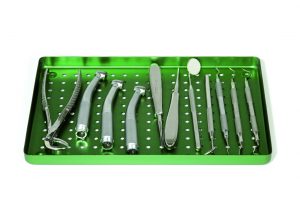
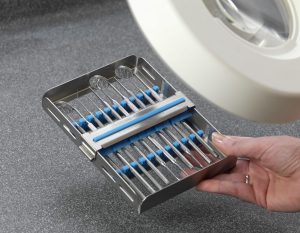
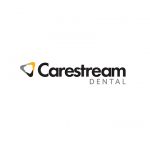





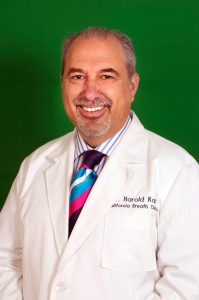 Dentist, bacteriologist, and founder of The Californian Breath Clinics and The Breath Company, Dr Harold Katz, answers questions about how stress can impact your oral health.
Dentist, bacteriologist, and founder of The Californian Breath Clinics and The Breath Company, Dr Harold Katz, answers questions about how stress can impact your oral health.